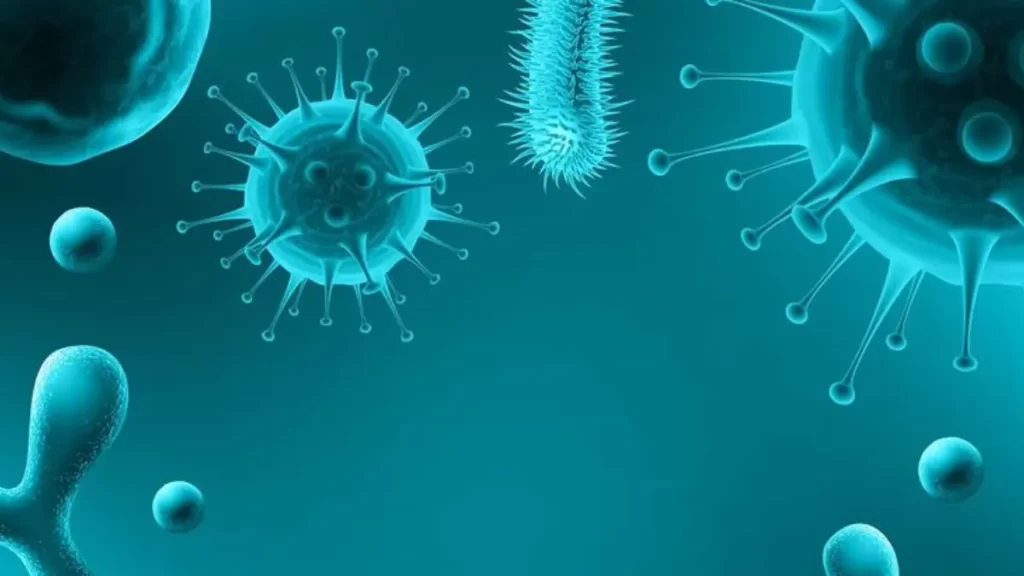In recent times, the Human Metapneumovirus (HMPV) has started to gain attention in India, especially after recent detections in Karnataka. While not as widely known as other respiratory viruses, HMPV has been a silent contributor to respiratory illnesses worldwide. It primarily affects children, elderly individuals, and those with weakened immune systems, making it a health concern that demands awareness and preventive action.
This blog will break down everything you need to know about HMPV virus, including its symptoms, how it spreads, and, most importantly, how you can protect yourself and your loved ones.
What is the HMPV Virus?
Human Metapneumovirus (HMPV) is a respiratory virus first identified in 2001. It belongs to the Paramyxoviridae family, which also includes viruses like measles and mumps. HMPV is often associated with illnesses such as the common cold, bronchitis, and pneumonia, and it tends to peak during the winter and early spring months.
Despite being lesser-known, HMPV is not new. It has likely been circulating in human populations for decades, and advancements in medical research have only recently allowed us to identify and monitor it accurately.
How Does HMPV Spread?
Understanding the transmission of HMPV is crucial for effective prevention. The virus primarily spreads through:
- Close Contact: Direct contact with an infected person, such as handshakes or hugs.
- Airborne Droplets: When an infected person sneezes or coughs, releasing virus-laden droplets into the air.
- Contaminated Surfaces: Touching surfaces like doorknobs, handles, or electronic devices that have the virus on them and then touching your mouth, nose, or eyes.
These modes of transmission make HMPV highly contagious in crowded or poorly ventilated spaces, such as schools, offices, and public transport.
Recognizing the Symptoms of HMPV
HMPV symptoms can range from mild to severe, depending on the person’s immunity and overall health condition. Some common symptoms include:
- Fever
- Persistent Cough
- Runny or Stuffy Nose
- Sore Throat
- Shortness of Breath
- Wheezing (in severe cases)
In severe cases, especially among infants, elderly individuals, or immunocompromised patients, the virus can lead to bronchiolitis or pneumonia, requiring hospitalization.
Precautionary Measures to Prevent HMPV Infection
While there is currently no vaccine or specific antiviral treatment for HMPV, preventive measures play a vital role in reducing its spread.
Maintain Proper Hygiene Practices
- Wash your hands frequently with soap and water for at least 20 seconds.
- Use alcohol-based hand sanitizers when soap and water are unavailable.
Practice Respiratory Etiquette
- Always cover your mouth and nose with a tissue or your elbow when coughing or sneezing.
- Dispose of used tissues properly and avoid reusing them.
Avoid Crowded Places
- Stay away from congested or poorly ventilated spaces, especially during peak infection seasons.
Disinfect Frequently Touched Surfaces
- Regularly clean surfaces like tables, doorknobs, and mobile phones.
Boost Your Immune System
- Eat a balanced diet rich in vitamins and minerals.
- Stay hydrated and get adequate sleep.
Who is at Higher Risk?
Certain groups are more vulnerable to severe HMPV infections:
- Infants and young children
- Elderly individuals (65+)
- People with chronic illnesses (e.g., asthma, diabetes)
- Immunocompromised individuals
If you or someone in these groups experiences persistent symptoms, consult a healthcare professional immediately.
What to Do If You Suspect an HMPV Infection?
- Isolate yourself or the infected individual to prevent further spread.
- Stay hydrated and take over-the-counter medications for fever and pain (under a doctor’s supervision).
- If symptoms worsen, such as difficulty breathing, seek immediate medical care.
Conclusion: Stay Informed, Stay Safe
The HMPV virus may not be a household name, but its impact on public health can be significant, especially among vulnerable groups. By understanding its transmission, recognizing its symptoms, and following the recommended preventive measures, you can minimize the risk of infection.
Awareness is the first step toward protection. Share this information with your family, friends, and colleagues to ensure a healthier, safer community.
Let’s Chat! 💬
Did this summary resonate with you? I’d love to hear your perspective. 😊
👉 Like this post? Give it a thumbs up! 👍
👉 Share it with your friends and family 💌
👉 Got questions or need support? Feel free to ask in the comments! We’re all here to help each other grow. 🌱
For any questions or to connect with us, get in touch here. We’d love to hear from you! Thank You for joining
More insightful reads💬
- Armaan Malik and Aashna Shroff Tie the Knot: A Fairytale Wedding
- SBI Clerk Notification 2024: 13,735 Vacancies Announced – Eligibility, Dates, and How to Apply
- Google Layoffs: Understanding the Strategic Cuts in Top Management Roles for Efficiency
- CTET December 2024 Admit Card: Download Guide, Exam Dates, and Key Details


